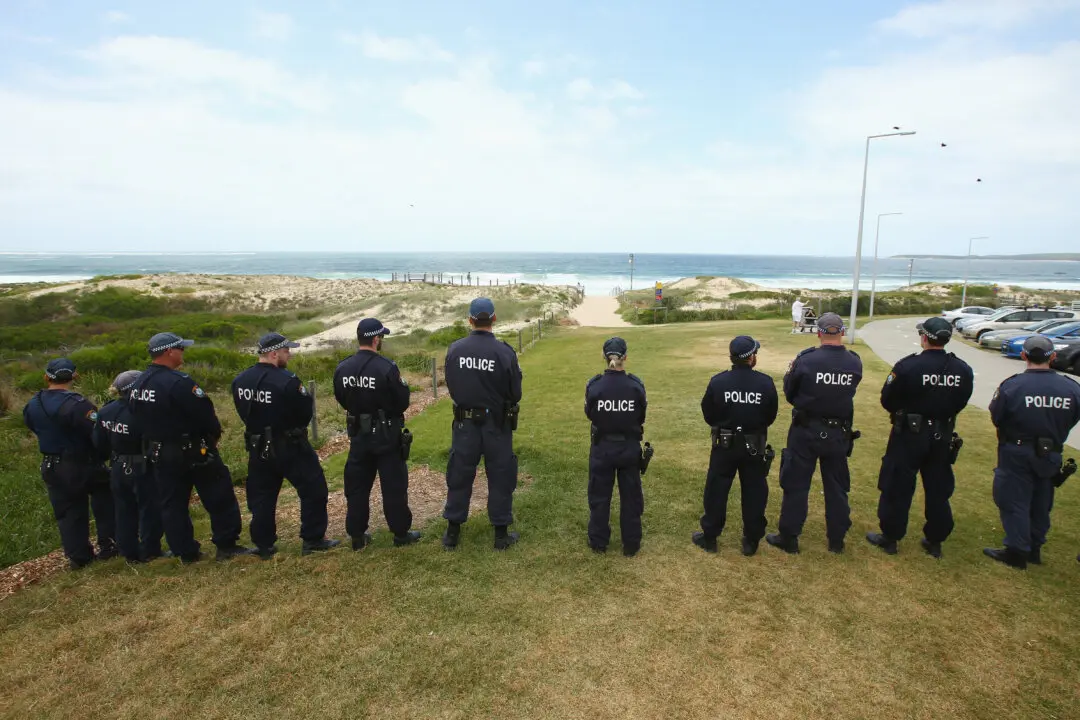While threats were already an issue for New Zealand MPs the last time they were asked in 2014 (before the pandemic), they now have a far greater fear of a fixated person hurting or killing them or members of their family.
As a result, they’re reducing the time spent in public, fearing being home alone, changing their routines and losing time from work as levels of result of abuse and harassment rise, a current update to the research reveals.





